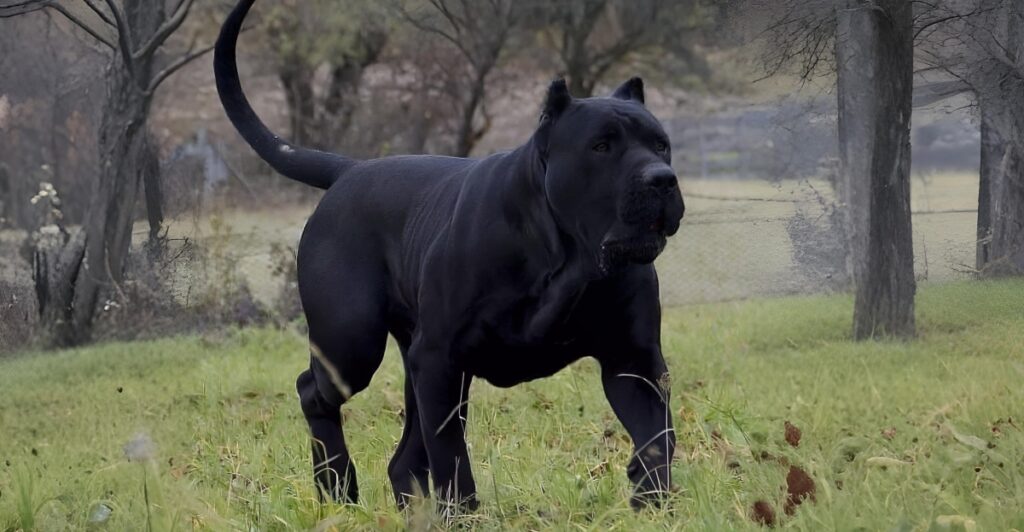
When you picture a “badly behaved” dog, you might imagine snarling jaws or chewed-up shoes. But what if the breeds with the worst reputations aren’t the true culprits?
Recent research reveals that breed explains only about 9% of a dog’s behavior, challenging the idea that genetics alone determine temperament.
Meanwhile, some of the most surprising offenders are breeds you’d never suspect—often beloved for their looks or intelligence, yet notorious among trainers and vets for stubbornness, anxiety, or even unpredictable aggression.
This list looks at nine breeds whose behavioral challenges defy stereotypes, backed by data, case studies, and real-world experience. Prepare to rethink everything you thought you knew about canine “bad behavior.”
1. Shiba Inu
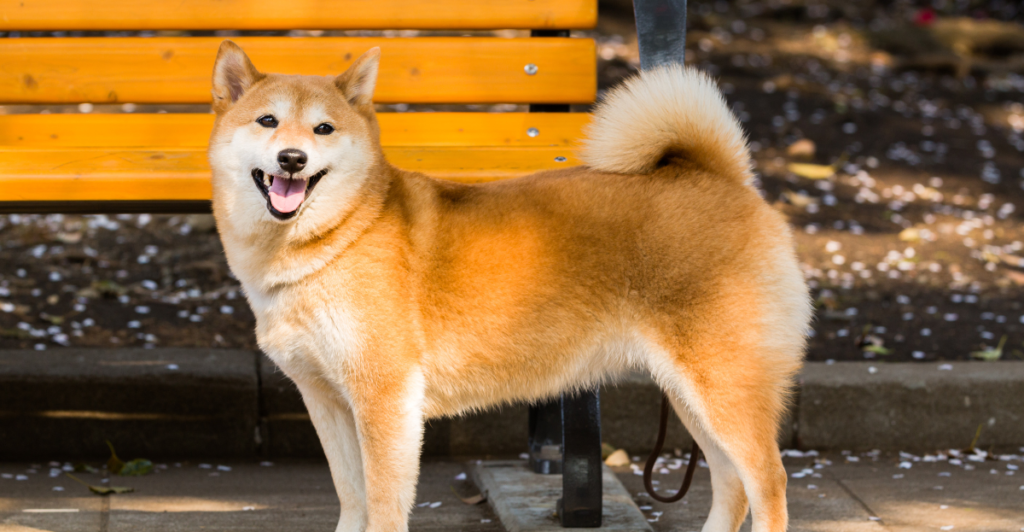
Shiba Inus are Instagram darlings, celebrated for their fox-like faces and plush coats. But behind the cuteness lies a breed infamous among groomers and vets for being difficult, stubborn, and even aggressive when stressed.
Shibas are highly intelligent and independent, which can translate to a refusal to obey commands or tolerate restraint. In climates unsuited to their thick coats, they may also suffer physically, compounding behavioral issues.
Studies and anecdotal reports consistently rank Shibas as one of the most challenging breeds to manage, especially for first-time owners who underestimate their need for stimulation and structure. Their high prey drive and tendency to bolt make them a surprising candidate for the “worst behavior” list—despite their photogenic appeal.
2. Staffordshire Terrier
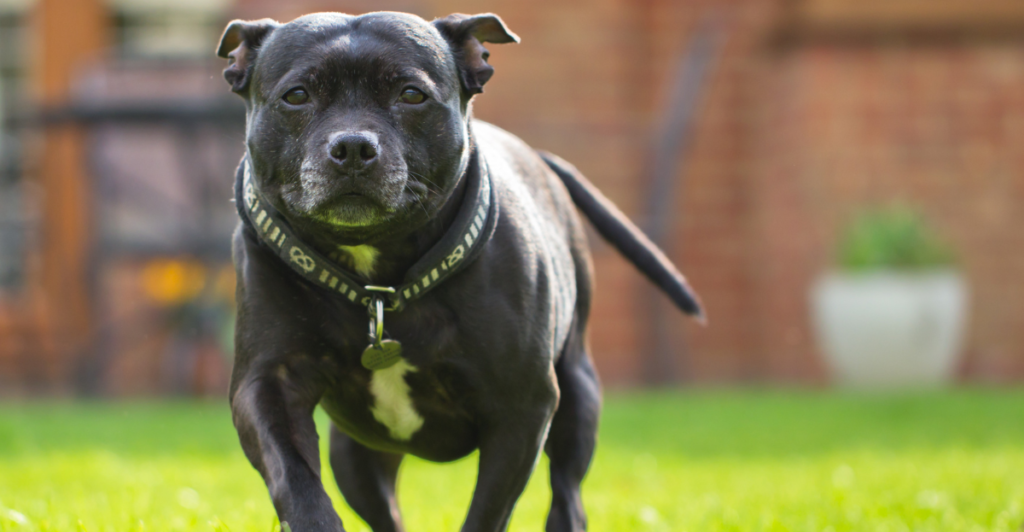
Staffordshire Terriers, affectionately called “Staffies,” are beloved for their energy and loyalty. Yet, behavioral surveys reveal that Staffies and their crosses are nearly twice as likely as other breeds to be presented for aggression, anxieties, and fears.
In a 2009 survey, “11% of problem pets were Staffies or Staffie mixes, with 40% showing aggression and 30% suffering from anxiety.” These statistics expose the gap between public perception and behind-the-scenes reality.
While affectionate with family, poorly socialized Staffies may react unpredictably to strangers or new situations. They can also become dangerously destructive if left unstimulated. Their behavioral challenges aren’t just about genetics—Staffies thrive in structured environments but can spiral without leadership.
3. Border Collie
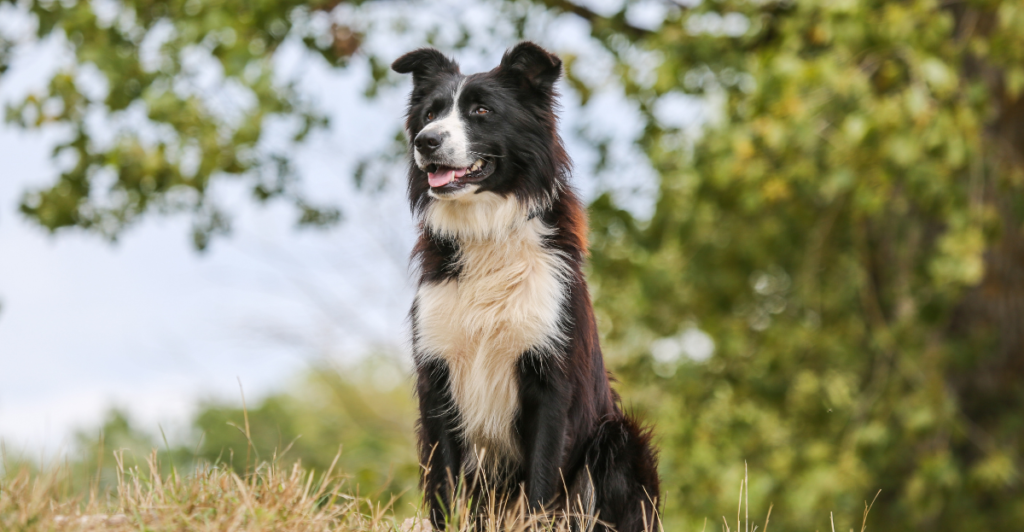
Border Collies are often lauded as the world’s smartest dogs, dominating agility and obedience competitions. But their intelligence can be a double-edged sword. Without constant mental and physical stimulation, Border Collies invent their own “jobs”—which may include herding children, chasing cars, or obsessive behaviors like tail-chasing or shadow stalking.
Their high energy and need for purpose mean they can quickly become neurotic or destructive in the average household. Data shows they’re among the top breeds presented for behavioral problems, often because their owners underestimate the demands of such a driven dog.
One common complaint: they’re relentless. In the wrong environment, their brilliance becomes a behavioral nightmare. Their compulsive tendencies, combined with a lack of mental outlet, are a recipe for long-term issues.
4. Bull Terrier
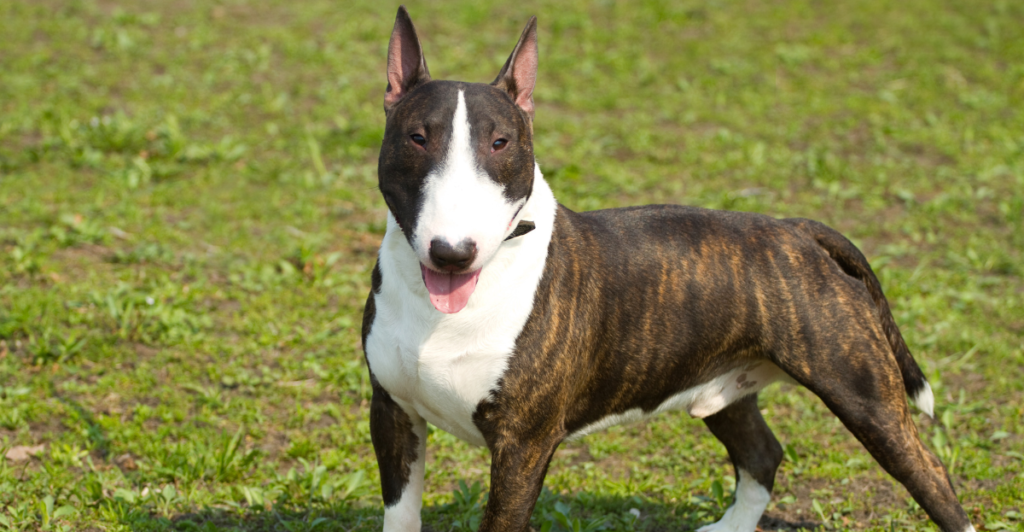
Bull Terriers, with their distinctive egg-shaped heads, are known for their playful, clownish personalities. But this same exuberance can spiral into chaos without strict boundaries. Owners and trainers frequently report that Bull Terriers can be stubborn, impulsive, and prone to destructive antics if bored or under-exercised.
Their high pain tolerance and determination can make them difficult to redirect once they fixate on a behavior. While fiercely loyal, their lack of impulse control and tendency to challenge authority mean they’re not for the faint of heart.
In one real-world case, a Bull Terrier ate through a drywall to escape confinement—twice. These traits, combined with their strength, place Bull Terriers among the most difficult breeds to manage.
5. Maltese Terrier
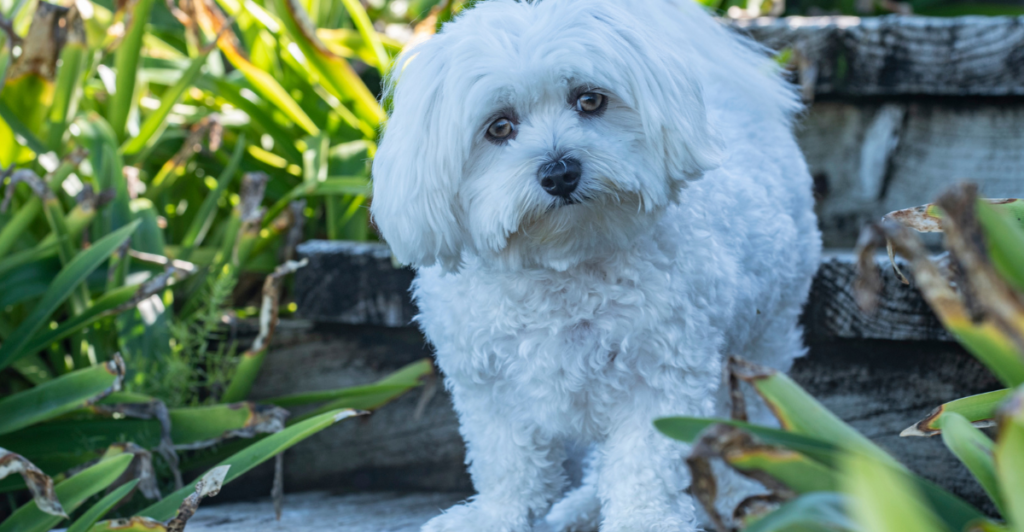
The Maltese Terrier’s dainty looks belie a feisty, sometimes neurotic temperament. According to behavioral surveys, “Maltese Terriers and their mixes rank second on the ‘bad dog’ list, representing 7% of problem pets.”
Owners cite issues with excessive barking, separation anxiety, and even aggression—traits often overlooked because of their small size. But ignoring these problems can make them worse. Despite their popularity as lap dogs, Maltese Terriers require as much structure and discipline as larger, more intimidating breeds.
Their surprising presence on behavior problem lists challenges the notion that only big dogs can be “bad.” Many small dog owners excuse poor manners as “cute,” which only reinforces the behavior. But untreated anxiety and chronic yappiness can lead to significant household disruption.
6. Akita
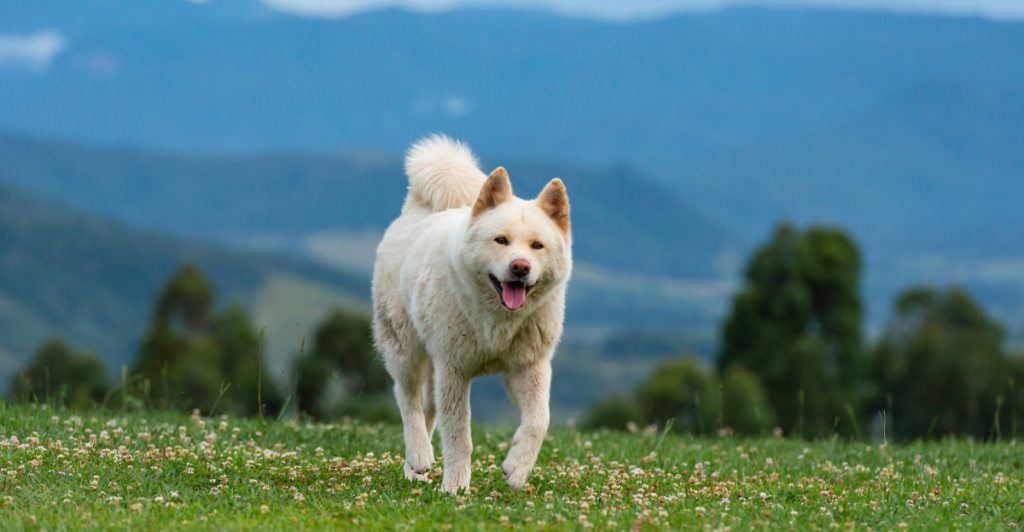
Akitas are revered in Japan for their loyalty, but in Western households, they’re often described as stubborn, jealous, and unpredictable. While some Akitas are gentle with children, many display intense territoriality and can be aggressive toward other dogs or strangers.
Owners report that Akitas are like “giant stubborn toddlers,” refusing to move or obey if they don’t feel like it. Their size and strength amplify these challenges, making them a risky choice for inexperienced handlers.
In one study, Akitas ranked among the top five breeds for reported incidents of aggression toward unfamiliar people. Despite their dignified appearance, Akitas’ behavioral quirks and potential for reactivity place them among the most challenging breeds to own responsibly.
7. Basenji
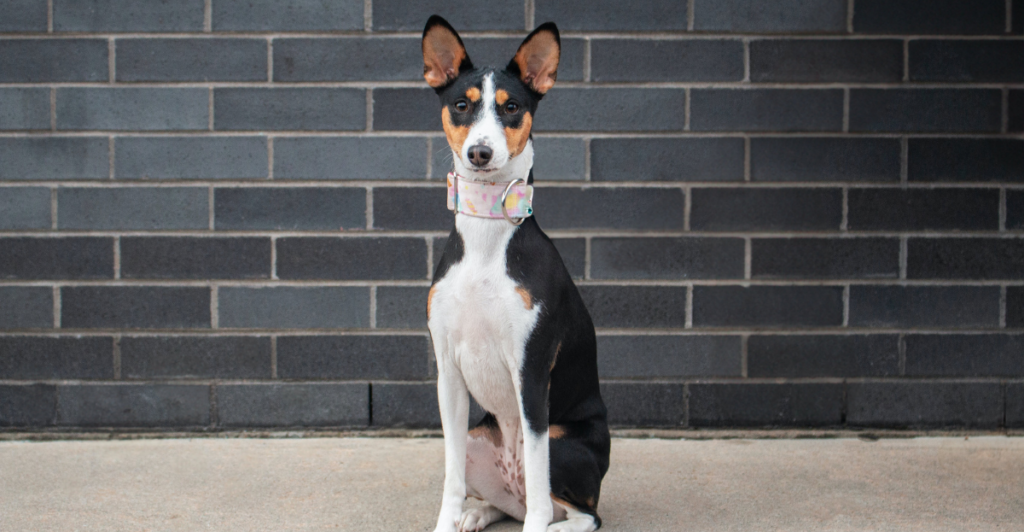
Basenjis are famous as the “barkless dog,” but their silence masks a mischievous, independent streak. Originally bred for hunting in Africa, Basenjis are highly intelligent and energetic, but also notorious escape artists and rule-breakers.
They’re difficult to train, often ignoring commands in favor of their own agenda. Their high prey drive and curiosity can lead to destructive behaviors if not properly channeled. Owners and trainers frequently cite Basenjis as one of the most challenging breeds for obedience and recall.
They’ve been known to chew through furniture, leap over fences, and vanish mid-walk—all without a single bark. This combination of intelligence, independence, and stubbornness makes the Basenji a surprising but deserving addition to the “worst behavior” list.
8. Poodle
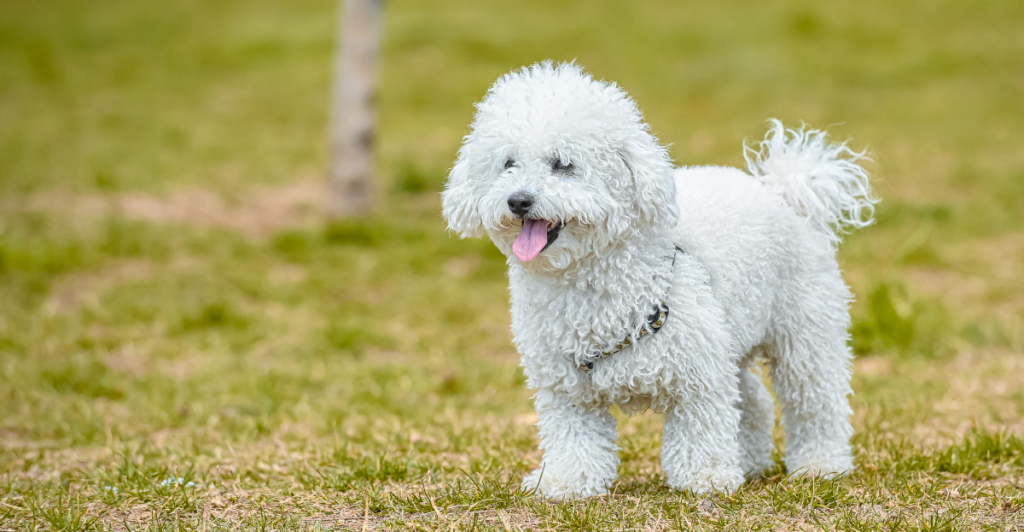
Poodles are often seen as the epitome of elegance and intelligence, but their high-strung nature can lead to serious behavioral issues. Case studies document Poodles—especially toys and minis—displaying extreme nervousness, separation anxiety, and even aggression toward strangers and other dogs.
Their sensitivity means that poor socialization or stressful environments can quickly result in barking, fearfulness, or reactivity. One veterinary behaviorist noted how “their intelligence makes them quick learners—of both good habits and bad ones.”
Despite their reputation as ideal family pets, Poodles require careful handling and mental stimulation to prevent behavioral problems. Owners sometimes mistake their grace for ease of ownership, only to find themselves overwhelmed by an anxious, yappy, and reactive dog.
9. Alaskan Malamute
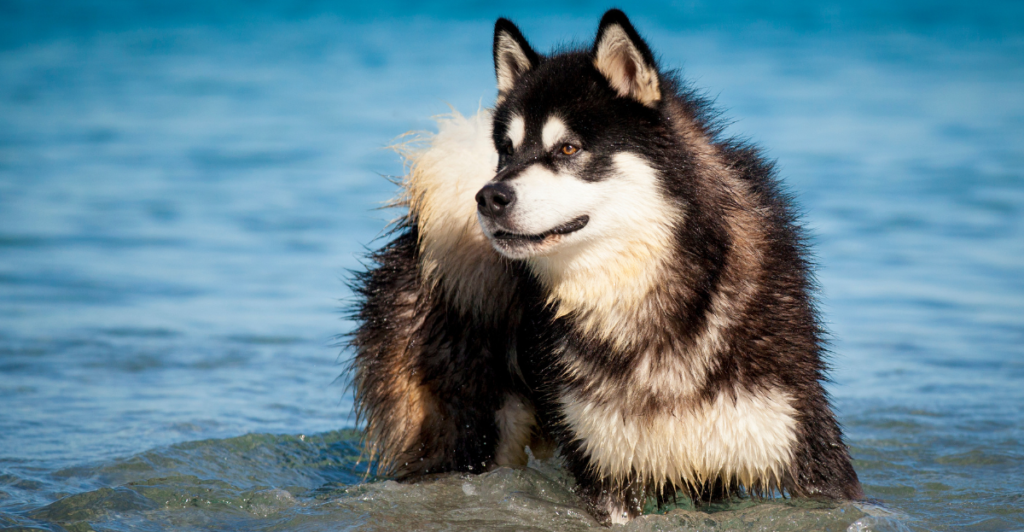
Alaskan Malamutes are majestic, powerful, and bred for endurance—but they’re also infamous for ignoring commands and getting into trouble. Their sheer size and strength, combined with boundless energy, make them a handful even for experienced owners.
Malamutes have been linked to serious incidents, including fatal attacks, when their behavior isn’t properly managed. Their independent streak can make training a challenge, and without adequate exercise, they’re prone to destructive behaviors. Despite their wolf-like beauty, Malamutes’ behavioral challenges are often underestimated, landing them on lists of the most dangerous and difficult breeds to own.
As one rescue worker put it, “Malamutes will work with you, not for you—they’re not people-pleasers.” This mentality, combined with their need for space and structure, makes them ill-suited for the average home.
Explore more of our trending stories and hit Follow to keep them coming to your feed!

Don’t miss out on more stories like this! Hit the Follow button at the top of this article to stay updated with the latest news. Share your thoughts in the comments—we’d love to hear from you!







